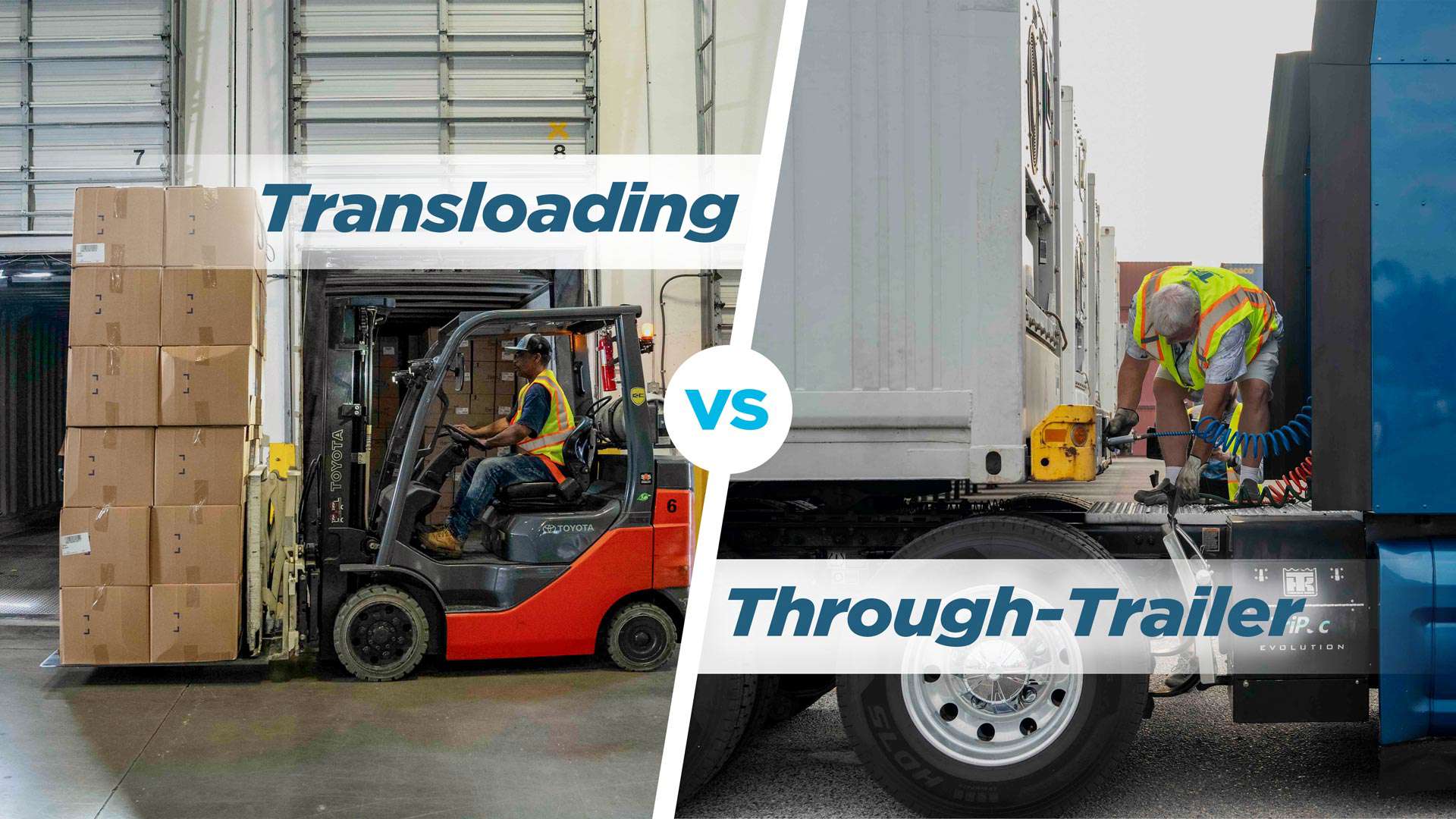
Transloading vs. Through-Trailer Shipping: Which is best for your freight?
In an era of rapidly shifting supply chains, businesses are turning to Mexico as a strategic nearshoring hub. In 2023, Mexico became the top exporter to the U.S., capturing 15% of U.S. imports. With the rise in cross-border trade, optimizing freight shipping is essential for staying competitive. Two prominent methods, transloading and through-trailer shipping, each offer distinct benefits and challenges. Understanding these can help you make the best choice for your freight.
Related Articles

Read More
January 13, 2025
Industry Predictions & Reflections from the Logistics Frontline
Eric Masotti, President of Logistics at Trailer Bridge, reflects on recent industry challenges and predicts a positive outlook for 2025,…

Read More
November 13, 2024
Why Nearshoring in Mexico Presents Strategic Advantage for US Companies
Discover how nearshoring in Mexico offers U.S. companies a strategic advantage, from reduced shipping costs to improved supply chain resilience.…

Read More
October 23, 2024
Top Considerations for Evaluating your Supply Chain
Discover key supply chain strategies from Trailer Bridge, including the East vs. West Coast debate, intermodal benefits, and building resilience…

